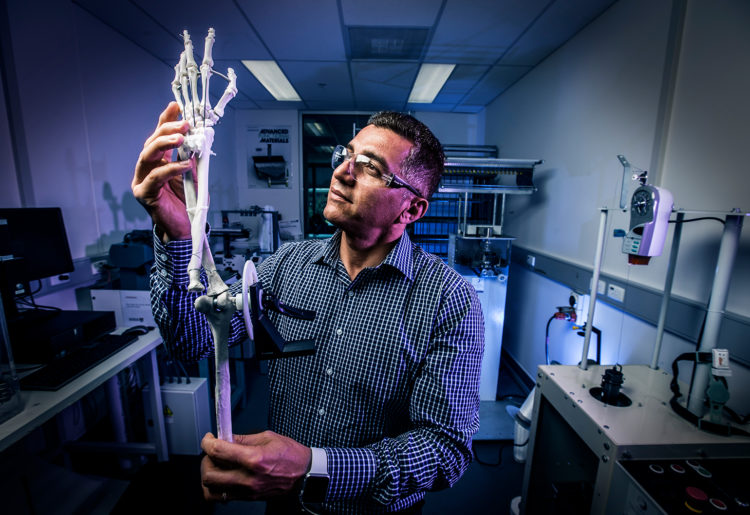Artificial muscles have been recently getting a lot more effective thanks to a small but significant addition.
Over the past 15 years, engineers around the world have developed artificial muscles from a range of materials – some high-tech and expensive and some as simple as yarn or fishing line.
Now, researchers from the University of Wollongong (UOW) have started encasing them in sheaths – a simple change that gives the technology 40 times more flex than a human muscle.
“Previously, we were applying energy to the entire muscle, but only the outer part of the fibre was responsible for actuation,” said Senior Professor Geoffrey Spinks, who worked on the technology at UOW’s Intelligent Polymer Research Institute.
“By placing a sheath on the muscle, we can focus only that energy on the outer part of the fibre and convert this input energy more quickly and efficiently.”
This allows the technology to be used for a wide variety of applications, from responsive garments to artificial hearts.

“Or, for example, drug delivery applications,” suggested Senior Research Fellow Dr Javad Foroughi, who led the research in Australia.
“We can utilise this muscle as a smart drug delivery system for controlled delivery of chemotherapeutic drugs locally to the tumour sites. You have some encapsulated drugs inside the body, and we need some time to open it to release the drug … we can implant it with this sort of muscle, [and it] has the ability to control or program this device.”
The same approach can be adopted to control an artificial heart that can be used during surgery, Foroughi told create.
By placing a sheath around the muscles making up the artificial heart, the device is kept separate from the bloodstream.
“We can control the contraction – the same behaviour as the heart muscle,” he said.
“The sleeve goes around the heart, and the primary result [was] we met some of the characteristics of the heart.”
Beyond their medical uses, the artificial muscles could also be adapted for smart clothing.
“For example, we make a garment out of this material,” Foroughi said.
“If you had to do some exercise, it has the ability to adjust – open the porosity of your garment. It means more air can come inside the body, or the heat can go out of your body.”
This works because the muscles can respond to changes in temperature, moisture, or light.
“You go somewhere that’s cold; the porosity of your garment is changed again – it is very tight and closed-in and you protect your body from the cold weather,” Foroughi said.
“Imagine smart clothes to just protect your body.”
Foroughi estimates that the technology could be commercially available in five years’ time.
This article originally appeared as “Artificial muscles” in the March 2020 edition of create magazine.
